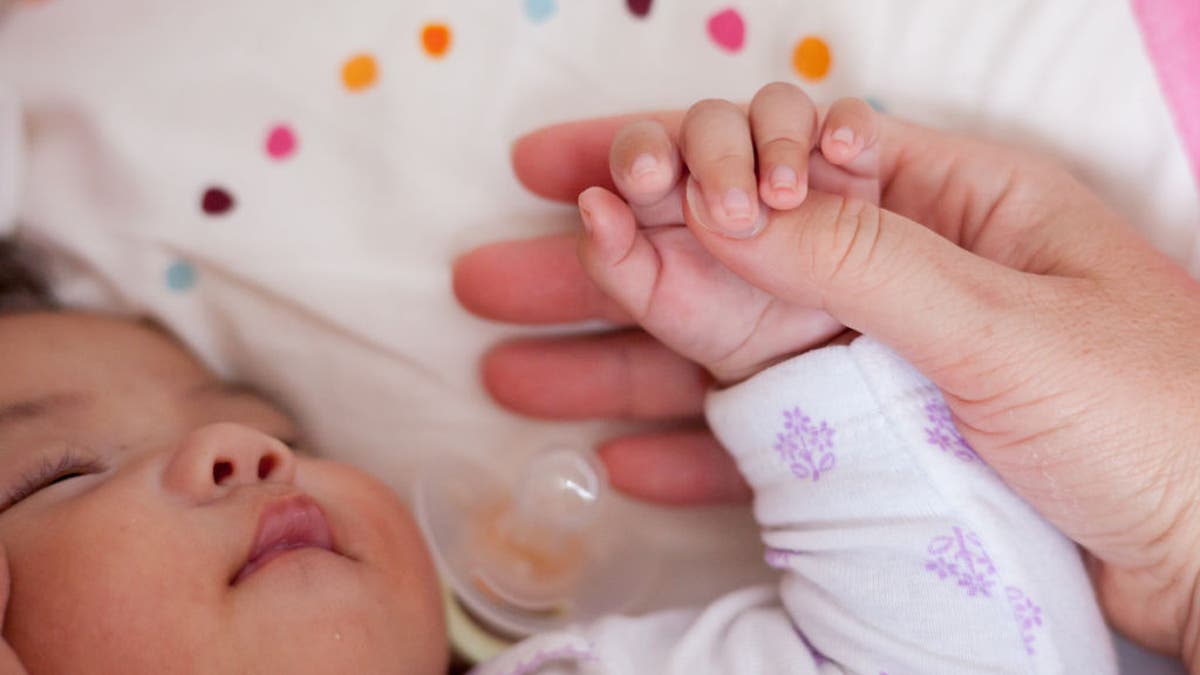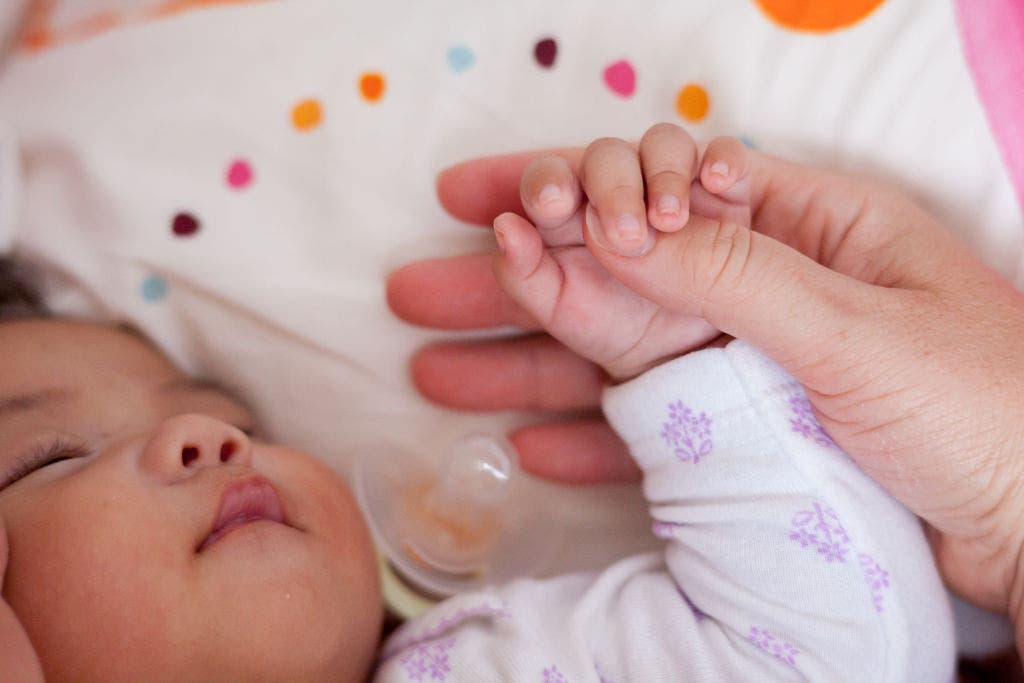Facilitating the integration of adopted children into your family
Forging a unified family bond between biological and adopted children is a meaningful journey that demands patience, understanding and deliberate efforts.
Creating connections among siblings of different backgrounds is a rewarding and essential aspect of nurturing a supportive and loving family environment.
By fostering an inclusive atmosphere, encouraging shared experiences and open communication, and embracing individuality, parents can cultivate meaningful relationships among siblings. This endeavor shapes a unified and affectionate family circle, where every child feels cherished, bolstered and connected.
NATIONAL ADOPTION MONTH – HERE’S HOW TO CONNECT CHILDREN IN NEED WITH FOREVER FAMILIES
Here are some ways to connect your biological children with your adoptive children:
- Ready your existing children
- Set up your home environment
- Foster a secure communication space
- Share details about the adoption
- Sustain the lifebook legacy
- Instill family rituals and routines
1. Ready your existing children
Maintain ongoing conversations with your existing children as you navigate the adoption journey.
Discuss how the new addition to the family might exhibit distinct behaviors shaped by his or her past experiences and the challenges encountered.

Adoption is a profound and life-altering process that connects children in need of families with loving and nurturing homes. (BSIP/Universal Images Group via Getty Images)
Describe the adjustments in parenting methods necessitated by the evolving family dynamics.
Reassure your children that even though the new child might demand more of your time and focus, their significance in your life remains unchanged and just as vital as ever.
2. Set up your home environment
Create a cozy and individual space tailored to the adopted child, offering a sense of belonging and ownership.
Stock the fridge with the child’s favorite snacks and grant the little one the liberty to select new clothes or a few cherished toys.
In certain instances, adopted children may exhibit disruptive behaviors as they navigate emotions like fear, grief or frustration. To safeguard belongings of significant value, consider placing them in a secure and protected area.
3. Foster a secure communication space
Each person involved in the adoption journey undergoes a range of complex emotions.
To build trust and aid in the adjustment, create an environment where the adopted child feels safe expressing their emotions openly. Understand that there may be sensitive moments, and your child might not immediately express gratitude for the adoption.
Acknowledge the losses they’ve endured before becoming a part of your family.
CLICK HERE TO SIGN UP FOR OUR LIFESTYLE NEWSLETTER
Similarly, establish a safe environment for other family members to express themselves openly. Validate their emotions and work toward pathways that promote growth and unity within the family structure.
4. Share details about the adoption
Some children may not yet possess the maturity to fully understand the complexities of their separation from their birth families. It’s vital to share this information gradually in a positive and non-judgmental manner as they mature and can comprehend these details more comprehensively.
Respect and acknowledge this personal history as an essential part of their identity.
5. Sustain the lifebook legacy
Lifebooks, much like scrapbooks, are crucial aids in adoptions, helping children understand and embrace their personal history. When your child joins your home through adoption, they often receive their lifebook.
Safeguard this keepsake while they’re young, and occasionally explore its contents together, allowing them to connect with their personal story.
Work together with your child to include information about your family and home in the lifebook.
You could even contemplate crafting a new one together. As your child grows, you might choose to let him or her keep it in the bedroom alongside other personal belongings, allowing the child to cherish this personal history.
6. Instill family rituals and routines
A consistent and structured schedule is pivotal in creating a stable and organized environment. For an adopted child navigating a new world, a routine helps alleviate anxieties.
Establish set timings for breakfast, school activities, meals and bedtime, aiming to uphold this routine whenever possible.
Family traditions provide an additional source of reassurance. Whether it’s annual, seasonal, daily or weekly rituals, these traditions contribute to building a shared family culture that includes and engages everyone.
By fostering an inclusive atmosphere, nurturing shared experiences and prioritizing open communication, parents lay the groundwork for meaningful bonds among siblings. These connections not only cultivate a sense of belonging and support but also enrich the family’s collective identity.
CLICK HERE TO GET THE FOX NEWS APP
The journey of connecting biological and adoptive children within a family is about fostering an environment where every individual feels embraced, understood and celebrated. It’s a journey that requires ongoing commitment, empathy and active participation from all family members.
By continuously nurturing these connections and celebrating the diversity and individuality within the family, parents create a loving and supportive environment in which each child thrives, growing into their unique selves while being part of a unified and cherished family unit.
For more Lifestyle articles, visit www.foxnews.com/lifestyle.





